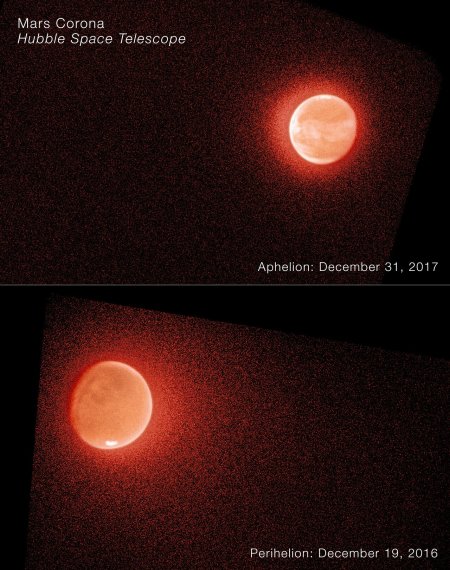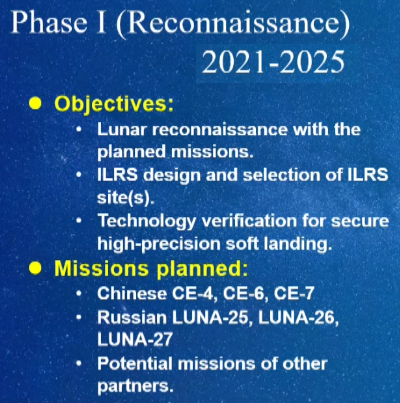NASA requests industry proposals for its canceled satellite refueling demo mission
NASA today issued a request-for-information, asking the commercial aerospace industry for “alternate use” ideas for using the “flight hardware, test facilities, and experienced personnel” of its canceled satellite refueling demo mission, dubbed OSAM.
The request suggests NASA is hoping a private company will pick up the mission at its own cost, thus getting it off NASA’s hands. The agency canceled it because it is almost a decade behind schedule, hundreds of millions of dollars over-budget, and has an absurd workforce of 450 people. The agency is also under pressure from the Senate not to cancel the project, because our idiotic elected officials like to make-believe that funding these make-work projects accomplishes something.
Even if a private company takes on the project, if it does so at its own expense that workforce is certain to be reduced, possibly as much as 90%. No commercial satellite company is going to get saddled with that cost. It will want NASA to pay the bill.
NASA today issued a request-for-information, asking the commercial aerospace industry for “alternate use” ideas for using the “flight hardware, test facilities, and experienced personnel” of its canceled satellite refueling demo mission, dubbed OSAM.
The request suggests NASA is hoping a private company will pick up the mission at its own cost, thus getting it off NASA’s hands. The agency canceled it because it is almost a decade behind schedule, hundreds of millions of dollars over-budget, and has an absurd workforce of 450 people. The agency is also under pressure from the Senate not to cancel the project, because our idiotic elected officials like to make-believe that funding these make-work projects accomplishes something.
Even if a private company takes on the project, if it does so at its own expense that workforce is certain to be reduced, possibly as much as 90%. No commercial satellite company is going to get saddled with that cost. It will want NASA to pay the bill.








